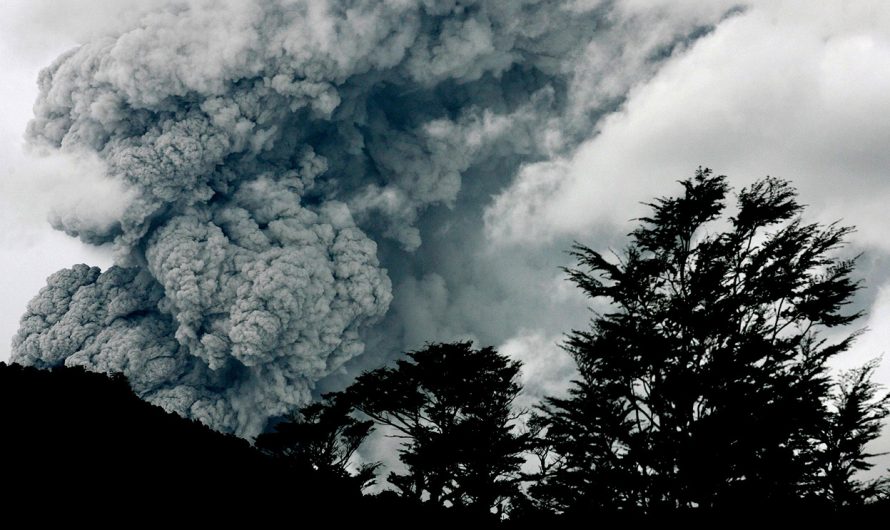Volcanic Ash Makes For Unfriendly Skies
In 1980 the Mt St. Helens volcano in Washington State erupted, sending 540 million tons of ash into the air. The ash caused billions of dollars’ worth of damage to the environment, agriculture, transportation and infrastructure. The ash darkened the sky and caused

